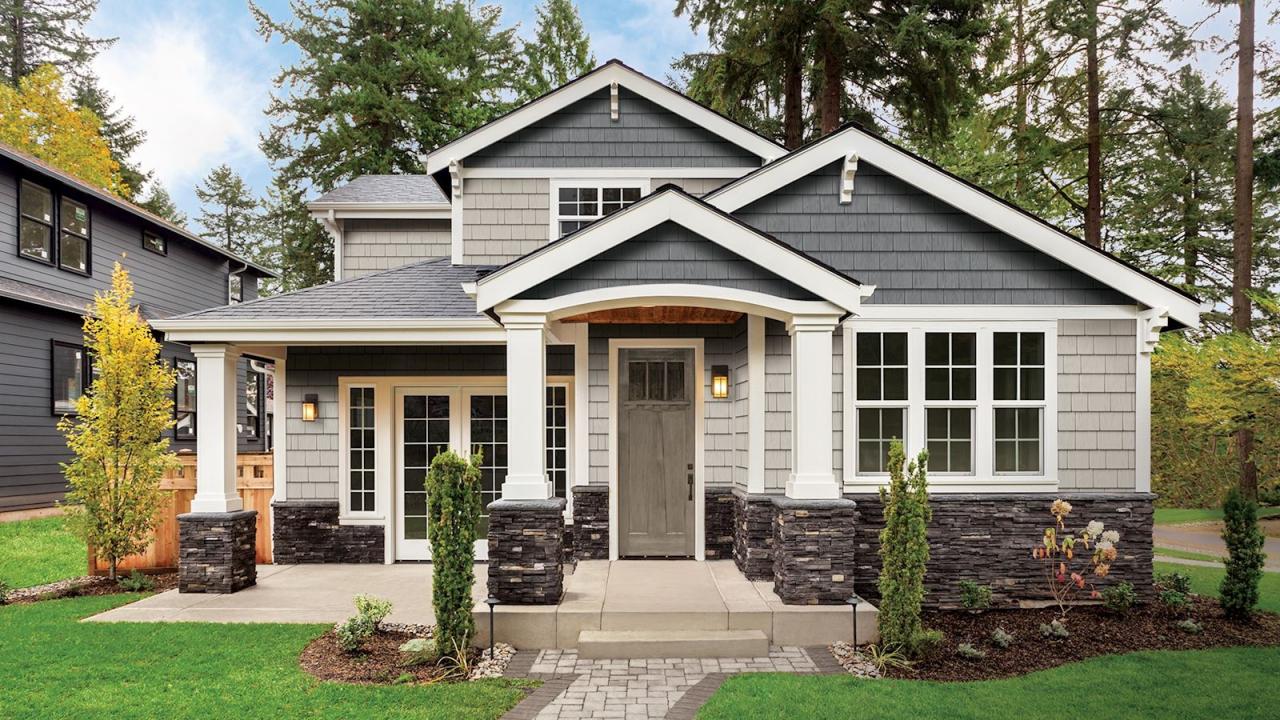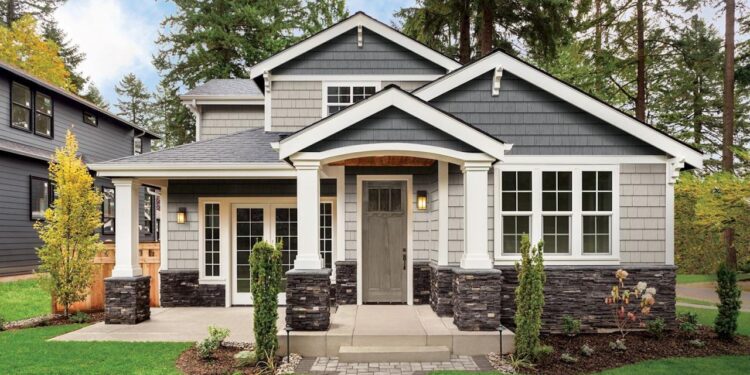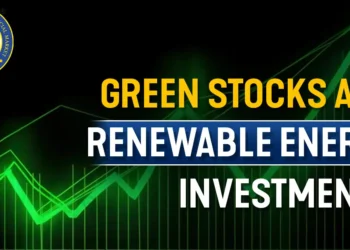Embark on a journey through the world of new home siding options, where we delve into the vast array of materials and designs available to enhance your home's exterior. From traditional choices to modern innovations, this guide is your key to making informed decisions for a stylish and durable facade.
 When it comes to choosing the right siding for your home, there are several options available, each with its own unique features and benefits. Let's explore some of the most popular choices:
. While some materials may have a higher upfront cost, they may offer long-term savings in terms of maintenance and energy efficiency. On the other hand, more affordable options may require more frequent maintenance or have lower insulation properties, leading to higher energy bills in the long run.
It's crucial to weigh the initial cost against long-term savings to make the best decision for your budget and needs.
When it comes to choosing the right siding for your home, there are several options available, each with its own unique features and benefits. Let's explore some of the most popular choices:
. While some materials may have a higher upfront cost, they may offer long-term savings in terms of maintenance and energy efficiency. On the other hand, more affordable options may require more frequent maintenance or have lower insulation properties, leading to higher energy bills in the long run.
It's crucial to weigh the initial cost against long-term savings to make the best decision for your budget and needs.
Types of New Home Siding Options
 When it comes to choosing the right siding for your home, there are several options available, each with its own unique features and benefits. Let's explore some of the most popular choices:
When it comes to choosing the right siding for your home, there are several options available, each with its own unique features and benefits. Let's explore some of the most popular choices:
Vinyl Siding
- Vinyl siding is a cost-effective option that comes in a variety of colors and styles.
- It is low-maintenance and easy to clean with just soap and water.
- However, vinyl siding may crack or fade over time and is not as durable as other materials.
Wood Siding
- Wood siding provides a natural and classic look to your home.
- It is environmentally friendly and can be easily painted or stained to change the color.
- On the downside, wood siding requires regular maintenance, such as painting and sealing, to prevent rot and decay.
Fiber Cement Siding
- Fiber cement siding is a durable option that is resistant to fire, insects, and rot.
- It can mimic the look of wood or stucco without the maintenance requirements.
- However, fiber cement siding can be more expensive than other materials and may require professional installation.
Metal Siding
- Metal siding is a modern and sleek option that is resistant to fire and pests.
- It is low-maintenance and can last for decades without needing to be replaced.
- On the other hand, metal siding may dent or scratch easily and can be noisy during heavy rain or hail.
Factors to Consider When Choosing Siding
When selecting siding for your home, there are several important factors to consider to ensure you make the right choice.Importance of Considering Climate
The climate of your region plays a crucial role in determining the best siding material for your home. For example, areas with high humidity may require siding that is resistant to moisture to prevent mold and mildew growth. On the other hand, regions with extreme temperature variations may benefit from insulated siding to help regulate indoor temperatures and reduce energy costs.Impact on Energy Efficiency and Insulation
The type of siding you choose can have a significant impact on the energy efficiency and insulation of your home. Some siding materials, such as vinyl or insulated fiber cement, offer better insulation properties than others, helping to keep your home warm in the winter and cool in the summer. This can result in lower energy bills and a more comfortable living environment.Cost Implications of Different Siding Options
When selecting siding for your home, it's essential to consider the cost implications of different optionsTrends in Home Siding Design
When it comes to modern trends in home siding design, homeowners are opting for a variety of materials and styles to enhance the look of their exteriors. From classic options to more contemporary choices, there are plenty of ways to update the curb appeal of a house.Popular Color Choices and Textures
One of the key trends in home siding design is the use of bold and vibrant colors. Homeowners are moving away from traditional neutral tones and experimenting with shades like deep blues, dark greens, and even black to make a statement. Additionally, textures play a crucial role in adding depth and visual interest to the exterior. Textured siding materials such as cedar shake or stone veneer are gaining popularity for their unique look and feel.Enhancing Curb Appeal with Different Siding Styles
- Vertical Siding: Vertical siding is a popular choice for modern homes looking to create a sleek and contemporary aesthetic. It can elongate the appearance of a house and give it a more streamlined look.
- Board and Batten: This style of siding adds a rustic charm to a home, perfect for farmhouse or cottage-style exteriors. The alternating wide boards and narrow strips create a visually appealing pattern.
- Shiplap: Made famous by interior design shows, shiplap siding has made its way to the exterior of homes. Its clean lines and simple installation make it a versatile option for achieving a modern farmhouse look.
Eco-Friendly Siding Options
When it comes to eco-friendly siding options, choosing sustainable and environmentally friendly materials is crucial for reducing the carbon footprint of your home. By opting for recycled or renewable materials, you can not only contribute to a greener planet but also enjoy the benefits of a more sustainable home.Sustainable Siding Materials
- Bamboo: Bamboo siding is a renewable material that grows quickly, making it a sustainable choice for environmentally conscious homeowners.
- Recycled Plastic: Siding made from recycled plastic helps reduce waste in landfills and promotes a circular economy by repurposing materials.
- Cork: Cork siding is a natural and biodegradable option that offers excellent insulation properties, reducing energy consumption in your home.
Benefits of Using Recycled or Renewable Materials
- Reduced Environmental Impact: By using recycled or renewable materials for siding, you help conserve natural resources and reduce the demand for virgin materials.
- Energy Efficiency: Eco-friendly siding options often come with superior insulation properties, helping you lower your energy bills and decrease your home's carbon emissions.
- Longevity: Many sustainable siding materials are durable and resistant to wear and tear, ensuring a longer lifespan for your home's exterior.














